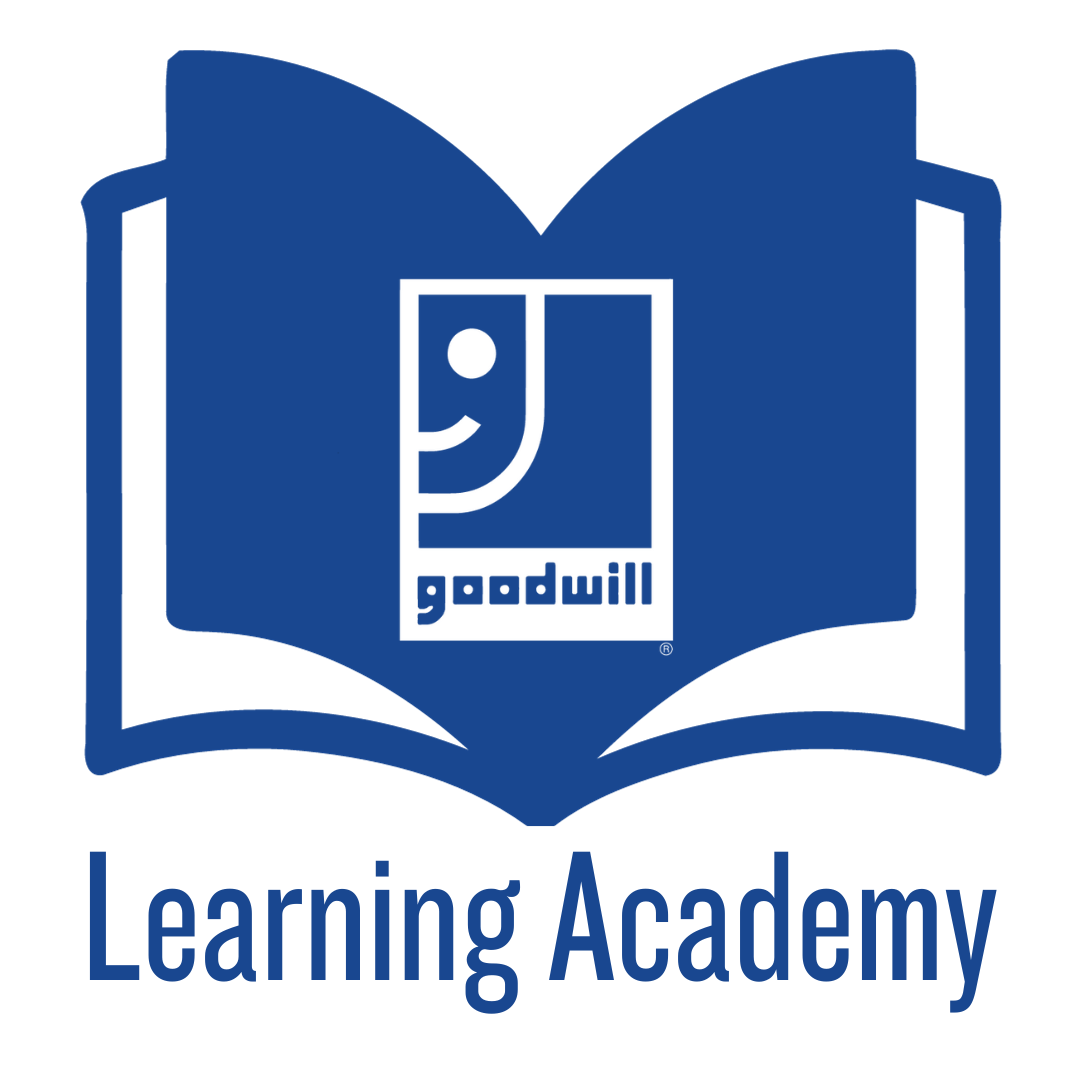By the age of 18, more than 60% of adults report having experienced at least one Acute Childhood Experience (ACE) during their formative years. An ACE can come in a variety of forms from the experience of violence, abuse or neglect to the loss of a parent to suicide, early death or prison. While many adults have at least one ACE, the prevalence of these experiences in marginalized communities is often significantly enhanced. The CDC reports that the chance that women and minority groups have experienced more than four ACES is significantly higher than males, or those in majority communities. And four is way too many.
But what does all this mean anyway?
From a societal standpoint, we need to reformat our societies to take account of heightened trauma. Providing access to high quality education is meaningless if the participants are too stressed out to participate in it. Herein lies the dilemma. We throw money at solutions seeing it as a cure-all. We build what we believe to be solutions, without addressing the foundation of the problem, hoping that it will be enough. It rarely is.
Many people living in poverty and marginalized communities are highly traumatized. That is the starting point. It has to be.
Primarily we need to build systems and communities that care. “Do no harm” as a first step, but beyond that, build programs that remove barriers so that people feel consistently safe, cared for and loved. Need access to nutritious food? Here it is. Childcare so you can study? Here it is. Access to free therapy? Here it is. This isn’t learned helplessness; it is providing people what they need to establish a foundation of wellness. In an educational setting, this is more important than academic outcomes because people who are happy and content in the world will naturally thrive on their own terms, whatever those terms might be. Just observe the creativity of a person living without toxic levels of stress. Imagine our community without toxic levels of stress.
That is the Rochester that we all surely deserve.

